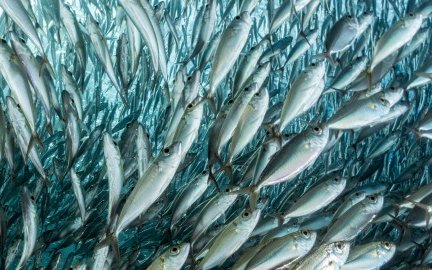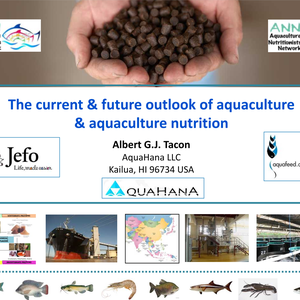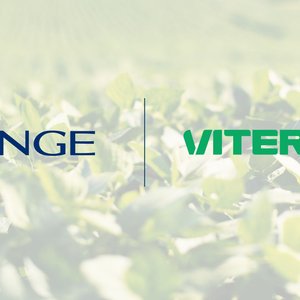The recent publication of The State of World Fisheries and Aquaculture 2020 by the FAO represents a good opportunity to reflect on the prospects for the marine ingredients on the basis of sound and objective analyses on both the capture and aquaculture fisheries.
According to the SOFIA 2020 report, captures of wild fish in the next decade should remain stable at around 96 million metric tons per year, ensuring a steady flow of raw material for reduction. The FAO expects the global supply of fishmeal and fish oil will slightly improve over the next decade, although a smaller percentage will come from wild whole fish and more from fish waste and byproducts from the processing industry. In 2030, around 30% of the world’s fishmeal is expected to be produced from trimmings (22% in 2018), while for fish oil, the proportion should rise from the current 40% to 45%.
“This adds evidence to the fact that the marine ingredients’ supply is sustainable and will continue to support land animal and fish farming around the world. IFFO’s expectation for the medium term remains that of a total average annual supply of 5 million metric tons of fishmeal and 1 million metric tons of fish oil, with ups and downs due to environmental conditions such as El Niño–Southern Oscillation in South America,” said Enrico Bachis, market director at IFFO.
As mentioned before, the lion’s share of the consumption of marine ingredients goes to aquaculture. This does not come as a surprise considering that the same FAO states that “fishmeal and fish oil are still considered the most nutritious and most digestible ingredients for farmed fish, as well as the major source of omega-3 fatty acids”. The future demand for marine ingredients is thus strictly related to the future of aquaculture.
According to different academic studies and industry surveys, by 2025 the world should be able to produce between 60 and 70 million tons of aquafeed, where the huge range of projections is due to the different assumptions made to support the estimates.
“What is important to highlight here though is the consensus around the fact that the growth in aquaculture will be possible only through a significantly increased production of aquafeed, and that in order to achieve that objective, the mobilization of all the available feed ingredients will be crucial. Achieving such a goal in a sustainable manner won’t be easy though, considering the fact that all environmental impacts should be assessed in a similar way, be it for marine ingredients or vegetable components (impacts on land and biodiversity),” Bachis said.
“In such a situation, the idea that certain ingredients, and in particular the marine ingredients, half of which is certified under responsible sourcing schemes, should be replaced by others which can’t claim the same level of certification, defies the logic of making the most out of the available raw material. What is more, the numbers simply do not add up. By 2025, novel ingredients are in fact expected to provide between 100,000 and 600,000 additional tons of feed ingredients, either in the form of bacterial or insect protein. That means that even the most optimistic production scale of novel feed ingredients would struggle to replace the 3.5 million tons of fishmeal used every year within the aqua sector,” Bachis stated.
“For all the reasons, marine ingredients’ production and consumption are not projected to decline for the time being, but they will certainly be utilized more and more as strategic ingredients in feed diets made of a bigger variety of feed components,” Bachis concluded.













